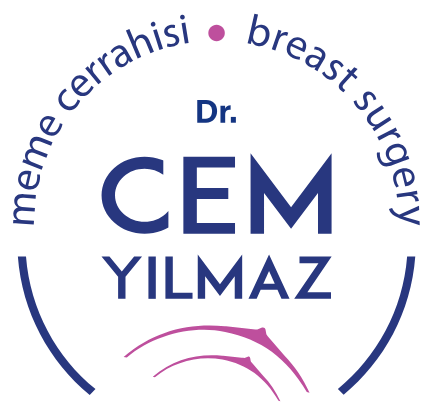Saturday: 08:00 - 14:00
Physician Examination
An examination performed by a specialist physician is called a physical examination. Obtaining a patient's medical history (anamnesis), conducting the examination, and, if necessary, performing certain tests is called a physical examination. This examination allows for a diagnosis of the patient's condition and, if necessary, treatment. Generally, all body findings are examined, but if the problem is related to a specific system or organ, this problem is further investigated.
A thorough and detailed physical examination is essential for an accurate diagnosis. A woman with no breast complaints should be seen by a specialist physician annually starting at age 40. Patients with breast conditions requiring monitoring can be monitored more closely.
There are cases of breast cancer that cannot be detected by any other diagnostic method (when no suspicious lesions are seen on mammography) but are diagnosed solely by physical examination.
A breast examination by a specialist physician, in addition to a mammogram, is crucial for early diagnosis of breast cancer. Although rare, some breast cancers cannot be diagnosed by mammography or ultrasound, so a physical examination is necessary in addition to mammography.
It is recommended that all women at risk undergo a physical examination along with a mammogram.


